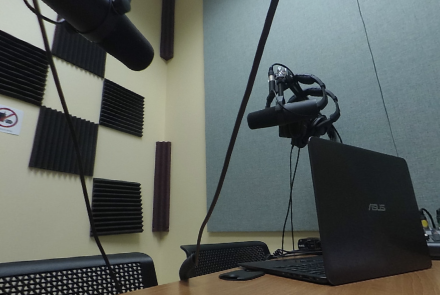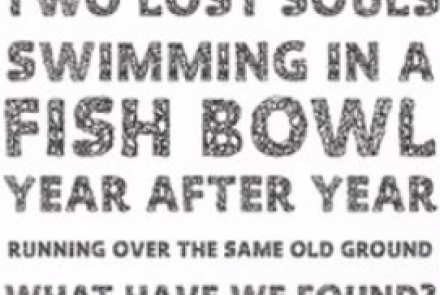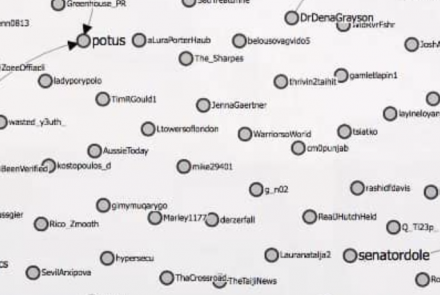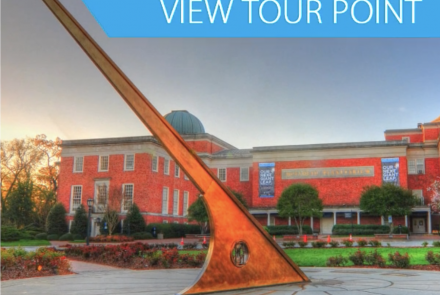Music and Poetry
I'm not the first to point out the similarities between music and poetry: both forms appeal strongly to our senses, but both forms also demand that we apply our intellect if we are to develop a deeper understanding of the emotions they invoke. And music and poetry have even more in common. Both poems and songs, for instance, are characterized by rhythm (the beats that mark the time of the music and the meter of the poem).
In music, a song is likely to have a steady drum rhythm. Accompanying this drumbeat may be a bass line that layers a steady progression of notes over the beat of the drums. A repetition of other sounds might add to the rhythm for the song, a foundation over which the other elements can be layered.
Poetry, too, has a rhythm. The rhythm in poetry is established by the emphasis that is placed on the syllables of each word in the poem. Each syllable receives varying levels of emphasis or stress when spoken. The patterns created by the stresses form the poem’s rhythm. Individual sounds of words also give a melodious sense to poems. We study poetry to understand how vowels, consonants, and other elements of sound shape our impressions and convey meaning.
Then there are shared aspects of form. Form refers to the organization that structures the musical piece. Bob Dylan’s “It’s All Over Now Baby Blue” uses a repeated refrain at the end of each verse to tie the song together. Classical music employs forms such as the sonata (a composition with three distinct sections) or the rondo (a composition that repeats passages in a specific pattern that can be mapped out with a scheme such as ABACAD).
Stanzas organize poems in similar ways. Forms like the sonnet resemble the models many musicians use to structure their lyrics. The sonnet requires poets to follow a fourteen-line structure that is familiar to readers. Poems also make use of rhyme schemes and recurring patterns of sound that establish relationships between lines and reinforce ideas and feelings.
Song lyrics can be viewed sometimes as poems set to music. We can separate the text of the lyrics from the sounds of the song to analyze the message in the lyrics. Take something like the lyrics from Pink Floyd’s “Wish You Were Here.”
We can interpret the lyrics of songs as we would the text of a poem. We might begin by looking at the narrative situation presented by the song lyrics. Here we see a speaker who addresses an unknown companion. The speaker weaves a series of questions into the lyrics, each one addressed to the companion (or perhaps the listener) through the use of the second person pronoun, you. As readers we identify in some ways with the unknown companion as we encounter questions like “did they get you to trade / your heroes for ghosts”?
We can also explore the setting or the tone of the lyrics. The opening line with its, “So,” establishes a mood in which the speaker seems to be questioning the assumptions of the companion—the “so” suggests a kind of sarcastic or perhaps cynical or more experienced perspective on the part of the speaker. The first verse ends with a slight variation on the opening line, translating the statement into a question, and amplifying the sense that the speaker is questioning whether the companion ever really could “tell.”
We can also examine the structure and imagery of the lyrics. We might analyze the movement from section to section as we would the stanzas of poetry. We could see how the third section shifts from the concerns of the first two stanzas to a desire for connection: “How I wish, how I wish you were here.” We could explore the relationship between the first two verses and the third verse as a way of interpreting the lyrics. We might want to emphasize the central image of the third verse, the “fishbowl,” to see what conclusions we can draw about the rest of the work based on that image.
So, the lyrics of “Wish You Were Here” can be read like poetry, but to fully understand the meaning of the words of the song we may need to hear them as they are sung. Lyrics take on additional meaning as a singer gives them voice. Further, lyrics rely on melody to weave the words over the rhythm and into the texture of the song. The relationship between the melody represented by the lyrics and the rhythm and other musical elements of the song cannot be heard when lyrics are simply transcribed on paper.
Similarly, many songs are successful not because of the literary quality of their lyrics, but because of the vocal and musical elements that appeal to our senses. When we consider that one of the Beatles’ first big hits developed around the repetition of the phrase, “she loves you, yeah, yeah, yeah,” it is hard to conclude that all lyrics can be interpreted for their poetic elements.
As we consider lyrics, we can evaluate their performance and relationship with the other musical elements of the song. With poetry, we often look at the text on a page and forget that the poem also asks us to give voice to words that we read. By speaking and hearing poems, we can explore the ways that poems convey messages through both the sounds and the meanings of words.
By experimenting with poems adapted to music, we can speculate further on these overlaps between the two forms.




